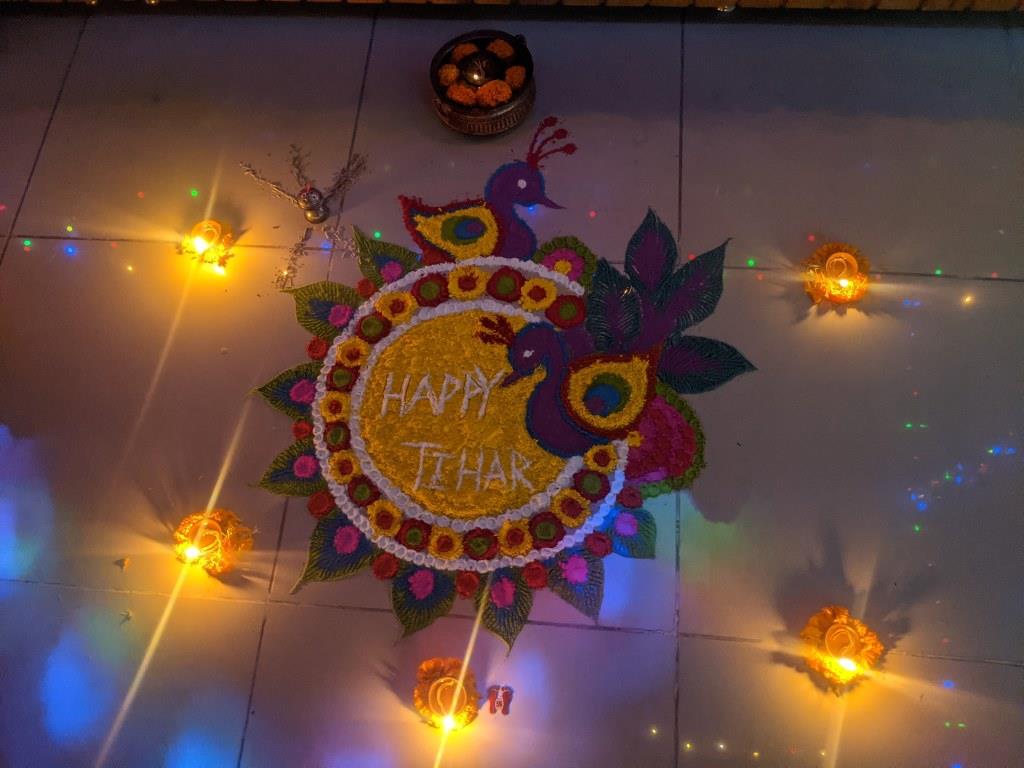In Sanskrit, a lighted oil lamp, known as deepak, holds significant symbolism, with “deepak” itself meaning “lamp.” It represents auspiciousness and goodness, embodying the essence of prosperity and abundance in Indian tradition. In this context, light is also linked to mental clarity and enlightenment.
Oil lamps find widespread use in Hindu temples and home shrines alike. Typically circular in shape, these lamps come either with a stand or as hanging fixtures, featuring grooves for accommodating multiple wicks, often five. Crafted from metal, they may be suspended from chains or affixed to pedestals. Each shrine typically contains at least one lamp, while the main shrine may feature several. Ordinarily, only one wick is lit at a time, with all five ignited on special festive occasions.
In home shrines, the lamps typically feature a simpler design with just one wick. They often include a metal backpiece for support. While some households keep the lamp burning throughout the day, others light it only at sunrise, sunset, or even both times. In certain traditions, the lamp in the home shrine is lit before any other lights are turned on at night. Additionally, rows of earthen lamps are traditionally lit during the Deepavali festival to celebrate the occasion.

During the puja ceremony, a hand-held oil lamp and incense sticks, often lit from the lamp, are commonly utilized. In North India, a five-wick lamp fueled with ghee is typically employed, while special occasions may feature more elaborate lamps with multiple tiers of wicks.
In South India, various oil lamps, known as vilakku, are prevalent in temples and traditional rituals. Some smaller versions are also used for offerings.
- Deepalakshmi: This is a small brass lamp with a depiction of the goddess Sri Lakshmi over the back piece. It is typically designed with only one wick.
- Nilavilakku: A tall brass or bronze lamp placed on a stand, with wicks set at specific heights.
- Paavai vilakku: A brass or bronze lamp shaped like a lady holding a vessel with her hands. It is available in various sizes, from small to life-size, and is commonly found in Hindu temples and shrines in Karnataka, Tamil Nadu, and Kerala. They usually have only one wick.
- Thooku vilakku: A brass or bronze lamp suspended from a chain, often featuring multiple wicks.
